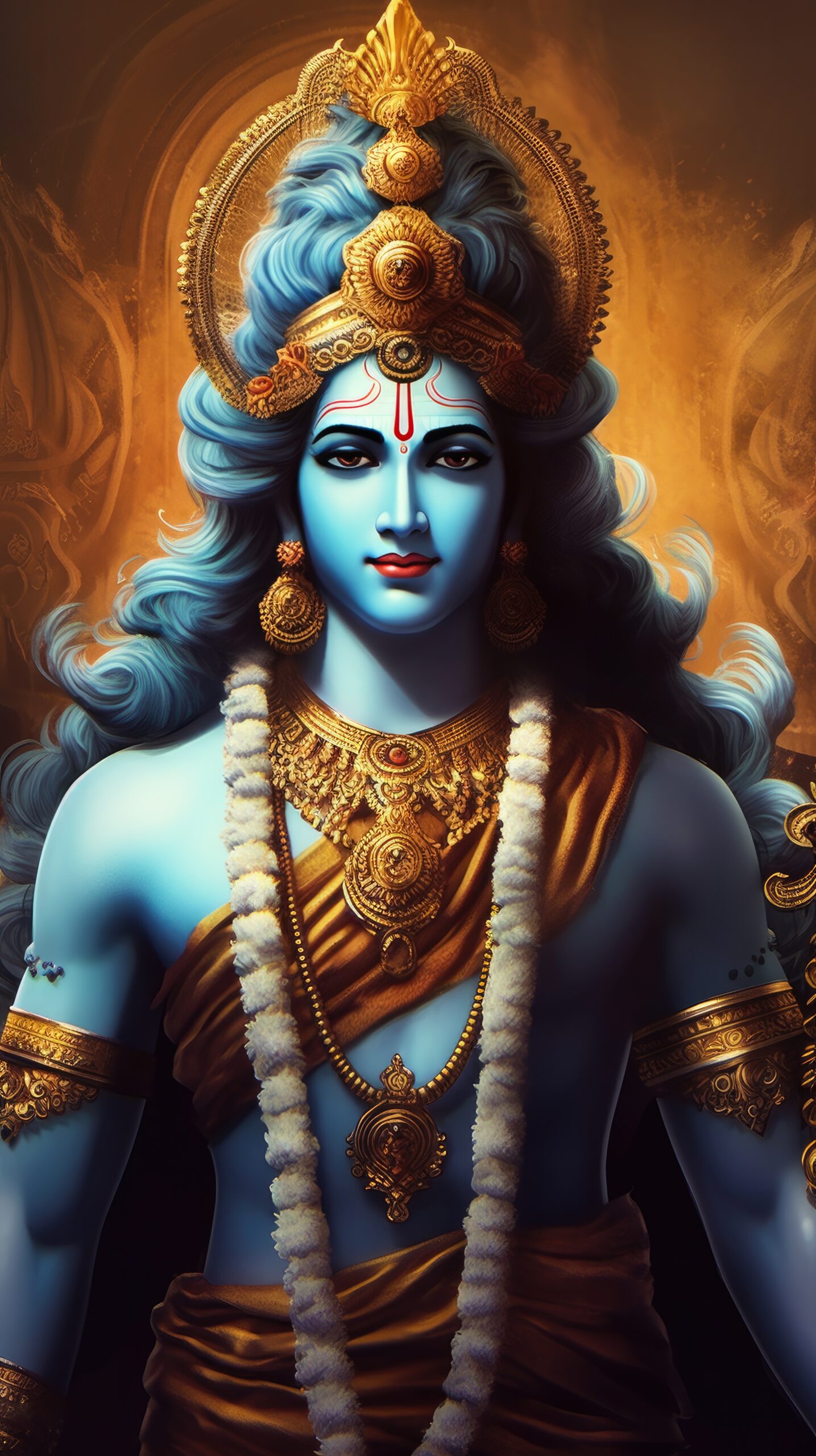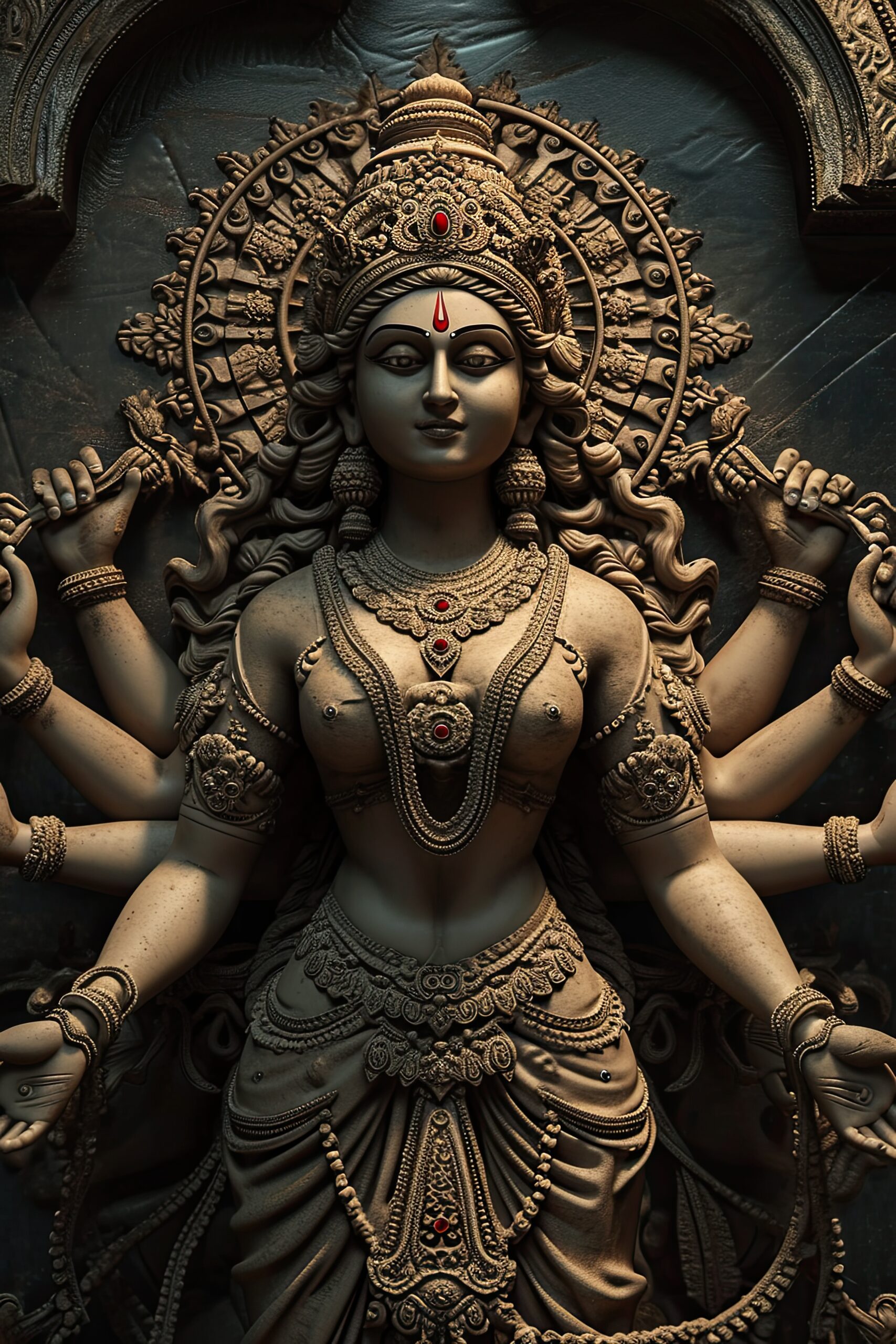Lord krishna
Lord Shiva
Lord budha
Lord Durga
Lord hanuman
He is worshipped as the eighth avatar of Vishnu and also as the Supreme God in his own right. He is the god of protection, compassion, tenderness, and love; and is widely revered among Hindu divinities
Shiva is known as The Destroyer within the Trimurti, the Hindu trinity which also includes Brahma and Vishnu. In the Shaivite tradition, Shiva is the Supreme Lord who creates, protects and transforms the universe.
According to Buddhist tradition, the Buddha taught a Middle Way between sensual indulgence and severe asceticism, leading to freedom from ignorance, craving, rebirth, and suffering
Durga’s legend centres around combating evils and demonic forces that threaten peace, prosperity, and dharma, representing the power of good over evil.
In Hindu mythology, Hanuman is a monkey god and the commander of the monkey army. He is the son of Vayu, the god of wind, and Anjana, a celestial nymph. Hanuman is known for being immortal and invincible, and is celebrated for his devotion to Prince Rama. He appears in many traditional Hindu stories and artworks, including the Ramayana, a Sanskrit poem that tells the story of Hanuman’s exploits.





Shimla
Taj Mahal
Nainital
Iceland
Greenland
China Wall
shimla is the capital of himachal pradesh, a state in northern india, and is known as the “queen of hills”. it’s located in the himalayan foothills, built on seven hills, and is india’s largest hill station.
Nainital is a Himalayan resort town in the Kumaon region of Uttarakhand, India. It’s located in the Lake District, at an elevation of roughly 2,000 meters, and is known for its natural attractions, including Naini Lake, Naina Devi temple, and Snow View.
Iceland is a Nordic island country in Northern Europe known as “The Land of Fire and Ice” for its extreme contrasts in nature. It’s located at the junction of the North Atlantic and Arctic Oceans, and is the 18th largest country in the world.
Though a part of the continent of North America, Greenland has been politically and culturally associated with Europe (specifically Norway and Denmark, the colonial powers) for more than a millennium, beginning in 986.
The Great Wall of China (traditional Chinese: 萬里長城; simplified Chinese: 万里长城; pinyin: Wànlǐ Chángchéng, literally “ten thousand li long wall”) is a series of fortifications that were built across the historical northern borders of ancient Chinese





